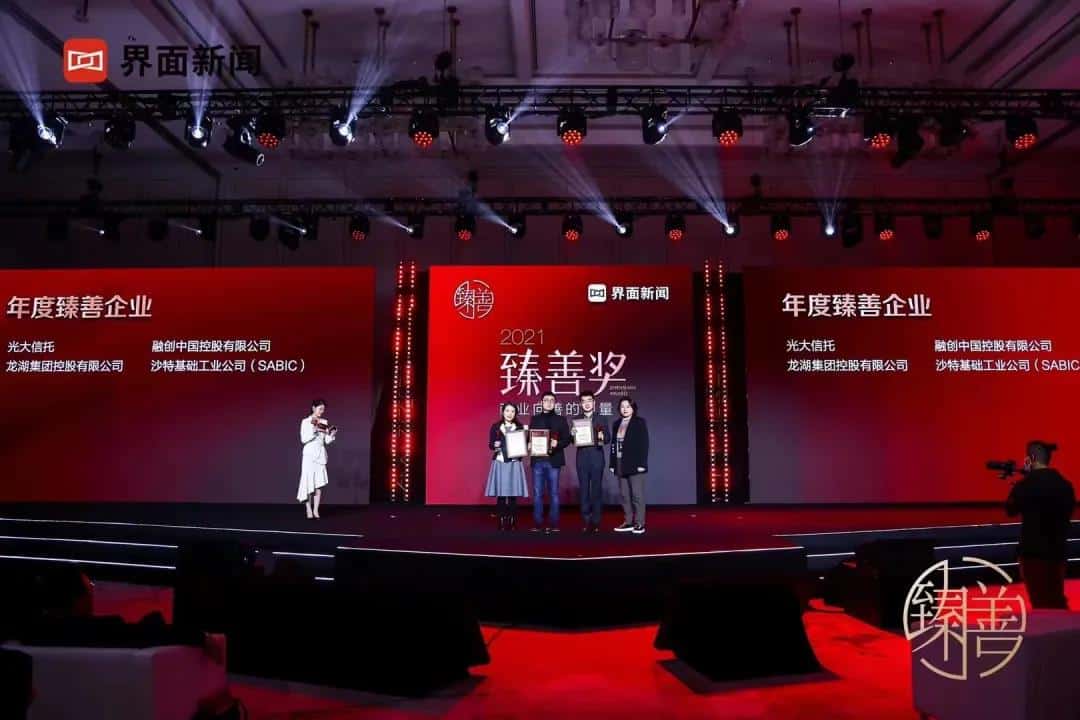Introduction:
In the ever-evolving landscape of industrial materials, RTP Acetal POM stands out as a versatile and high-performance polymer. Recognized for its exceptional properties, this engineered thermoplastic has gained widespread popularity across various industries. In this blog post, we will delve into the intricacies of RTP Acetal POM, exploring its characteristics, production process, and extensive application scope.
Understanding RTP Acetal POM:
RTP Acetal POM, where RTP stands for Reinforced Thermoplastic, is a type of polyoxymethylene (POM) with enhanced properties. POM, also known as acetal or polyacetal, is a crystalline polymer renowned for its excellent mechanical and thermal characteristics. RTP Acetal POM takes these qualities a step further through the addition of reinforcing materials during the manufacturing process.
Characteristics of RTP Acetal POM:
- Mechanical Strength: One of the standout features of RTP Acetal POM is its exceptional mechanical strength. The reinforcement process results in a material that can withstand heavy loads, making it ideal for applications requiring durability and resilience.
- Chemical Resistance: RTP Acetal POM exhibits remarkable resistance to a wide range of chemicals, including solvents and fuels. This makes it suitable for applications where exposure to harsh substances is common.
- Low Friction Coefficient: The low friction coefficient of RTP Acetal POM makes it an excellent choice for applications involving moving parts. This characteristic not only reduces wear and tear but also enhances overall efficiency.
- Dimensional Stability: With low moisture absorption and excellent dimensional stability, RTP Acetal POM maintains its shape and performance in varying environmental conditions.
Production Process:
The production of RTP Acetal POM involves incorporating reinforcing materials into the polymer matrix. Common reinforcements include glass fibers, carbon fibers, or mineral fillers. This process enhances the material’s mechanical and thermal properties, providing a tailored solution for specific applications.
Application Scope:
- Automotive Industry: RTP Acetal POM finds extensive use in the automotive sector, particularly in components like gears, bearings, and fuel system components. Its durability and resistance to chemicals make it a reliable choice for various under-the-hood applications.
- Electrical and Electronics: The material’s excellent electrical insulating properties make it suitable for electrical connectors, switches, and insulating components in electronic devices.
- Industrial Manufacturing: In industrial settings, RTP Acetal POM is employed in components such as conveyor belts, rollers, and valve systems due to its robustness and resistance to wear.
- Consumer Goods: From zipper components to kitchen appliances, RTP Acetal POM’s versatility makes it a preferred material in the manufacturing of various consumer goods.
Conclusion:
RTP Acetal POM, with its enhanced characteristics and versatile applications, has become a cornerstone material in modern industries. Its unique combination of strength, chemical resistance, and low friction coefficient positions it as a top choice for manufacturers seeking reliable and durable solutions. As industries continue to advance, RTP Acetal POM stands ready to meet the evolving demands of diverse applications, ensuring a future where innovation and performance go hand in hand.




































